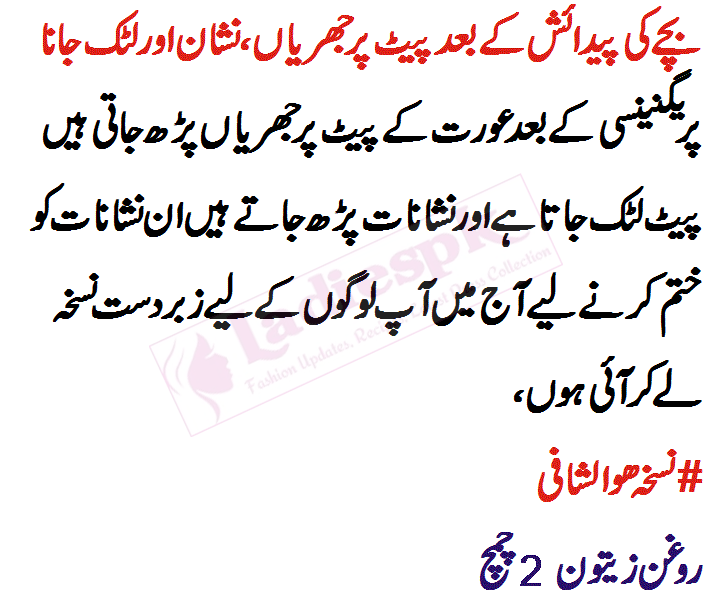Stretch marks, also known as striae gravidarum, are a common concern for many new moms following pregnancy. These visible lines on the skin can develop on the abdomen, breasts, hips, thighs, and buttocks as a result of the skin stretching during pregnancy. While stretch marks are a natural part of the body’s response to rapid growth and changes, many new moms may feel self-conscious about their appearance. In this article, we’ll explore essential skin care tips for managing and reducing the appearance of stretch marks after pregnancy.
Understanding Stretch Marks
Stretch marks occur when the skin is stretched beyond its elastic limit, causing the collagen and elastin fibers to rupture. This results in the formation of fine lines or streaks on the skin’s surface, which can vary in color from pink, red, purple, to silver or white, depending on the skin tone and age of the stretch marks.
Essential Skin Care Tips for New Moms
1. Hydration
Keeping the skin well-hydrated is essential for maintaining its elasticity and reducing the appearance of stretch marks. Drink plenty of water throughout the day to hydrate your skin from the inside out and use a moisturizing cream or lotion to lock in moisture after showering or bathing.
2. Massage
Regularly massaging the affected areas with a nourishing oil or cream can help improve blood circulation, promote skin regeneration, and reduce the appearance of stretch marks. Use gentle circular motions to massage the skin, focusing on areas prone to stretch marks such as the abdomen, breasts, hips, and thighs.
3. Exfoliation


Exfoliating the skin helps remove dead skin cells and improve skin texture, making stretch marks appear less noticeable. Use a gentle exfoliating scrub or brush to gently massage the skin in circular motions, focusing on areas with stretch marks, and rinse thoroughly with warm water.
4. Vitamin E
Vitamin E is known for its antioxidant properties and ability to promote skin healing and repair. Apply a vitamin E-rich oil or cream to the affected areas regularly to nourish the skin, improve elasticity, and reduce the appearance of stretch marks.
5. Retinoid Creams
Retinoid creams, derived from vitamin A, are known for their ability to stimulate collagen production and improve skin texture. However, it’s essential to consult with a healthcare professional before using retinoid creams, especially while breastfeeding, as they may have side effects.
6. Maintain a Healthy Diet
Eating a balanced diet rich in vitamins, minerals, and antioxidants is essential for promoting skin health and reducing the appearance of stretch marks. Include plenty of fruits, vegetables, lean proteins, and healthy fats in your diet to support skin regeneration and repair.
7. Sun Protection
Exposure to ultraviolet (UV) rays can worsen the appearance of stretch marks and cause further skin damage. Protect your skin from the sun’s harmful rays by wearing sunscreen with a high SPF, seeking shade, and wearing protective clothing when outdoors.
Embracing Your Body
While managing stretch marks after pregnancy is possible with proper skin care and lifestyle habits, it’s essential to remember that these marks are a natural part of the body’s journey through pregnancy and motherhood. Embrace your body’s changes and celebrate the miracle of childbirth, knowing that stretch marks are a testament to the incredible journey you’ve experienced.
Conclusion
Stretch marks are a common concern for many new moms following pregnancy, but with proper skin care and lifestyle habits, their appearance can be managed and reduced. By staying hydrated, massaging the skin, exfoliating regularly, using vitamin E-rich products, maintaining a healthy diet, and protecting the skin from the sun, new moms can support skin health and embrace their post-pregnancy bodies with confidence.






